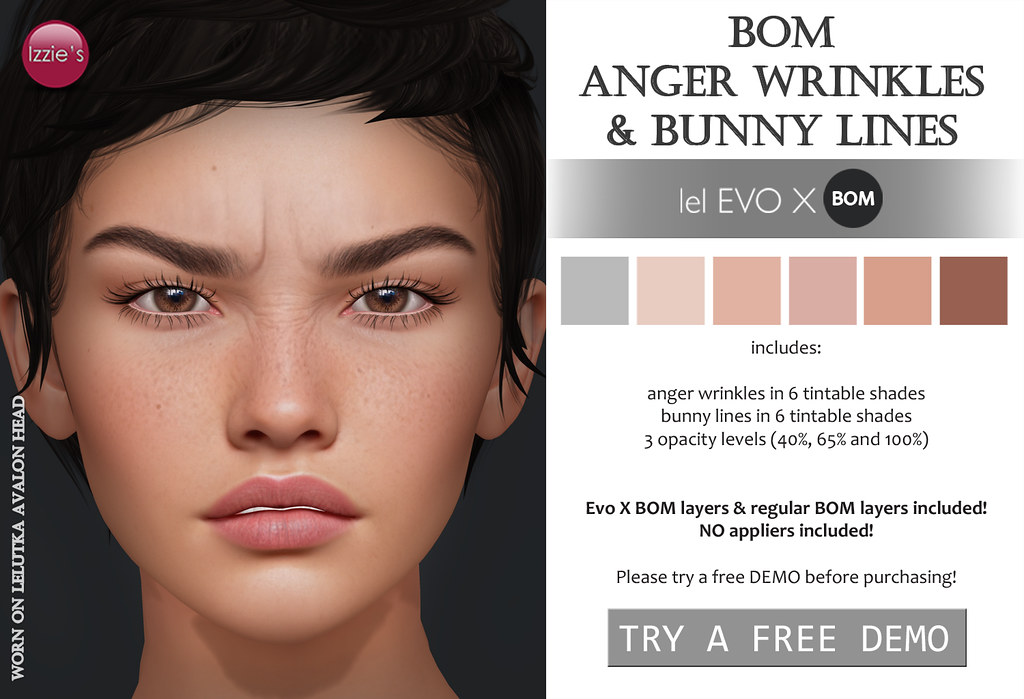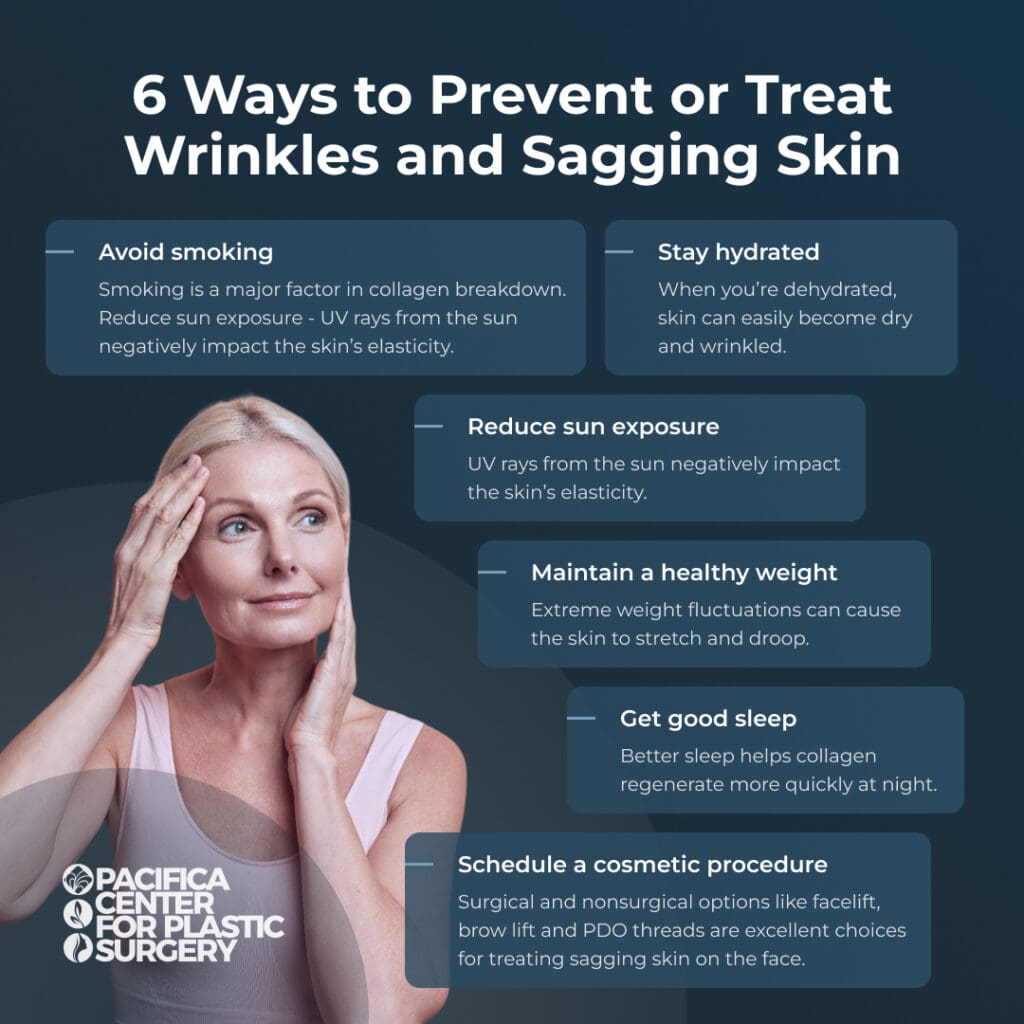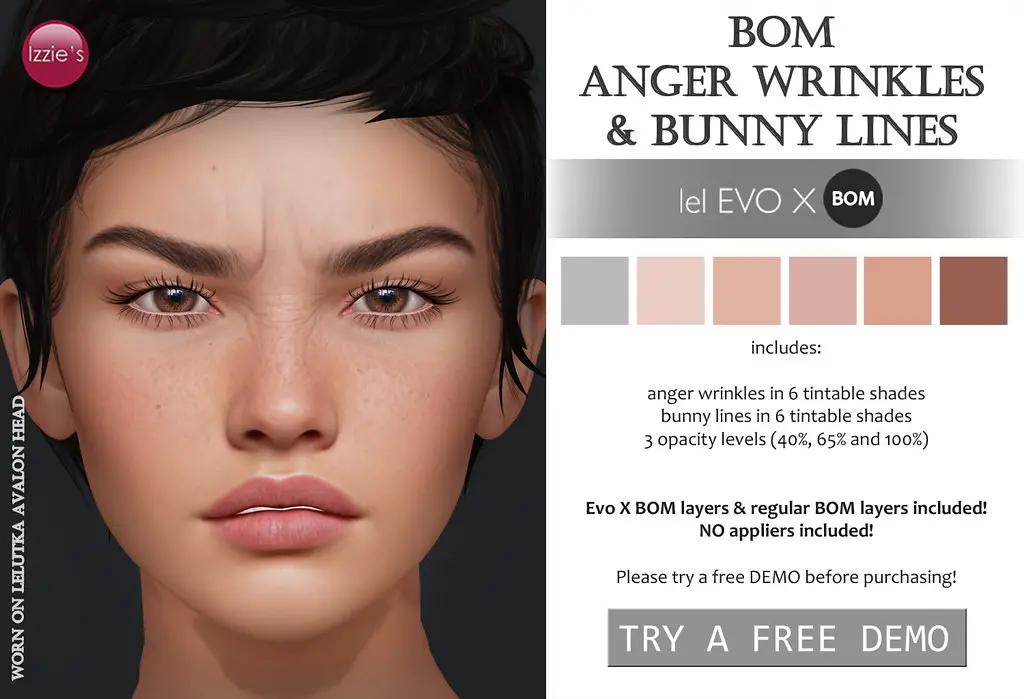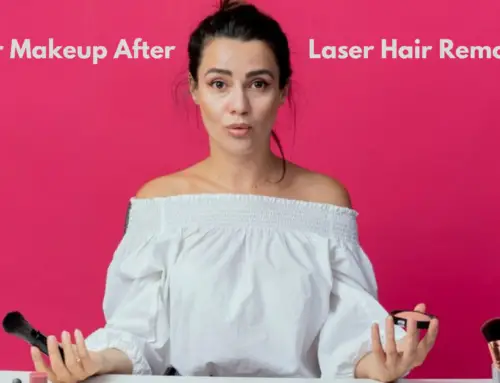To cover wrinkles with makeup, start by applying a hydrating primer to moisturize and smooth the skin. Next, use a lightweight foundation with a dewy finish to create a youthful appearance. Conceal any deep wrinkles with a creamy, full-coverage concealer. Set the makeup with a finely-milled powder to prevent creasing. Finally, finish off with a light dusting of blush and a subtle highlighter to add dimension to the face. Remember to blend well and use products specifically designed for mature skin.
As a professional makeup artist, I understand the importance of helping people feel confident and beautiful in their own skin. One common concern that many individuals have is how to effectively cover wrinkles with makeup. Wrinkles can be a natural part of the aging process, but they can also be a source of insecurity for some. In this guide, I will share with you some professional tips and techniques to help minimize the appearance of wrinkles with the power of makeup.
When it comes to covering wrinkles with makeup, it is important to start with a well-hydrated and prepped canvas. Moisturizing your skin thoroughly can help plump up the appearance of wrinkles and provide a smooth base for your makeup. Additionally, using a silicone-based primer before applying foundation can help fill in fine lines and create a more even texture. Opting for a lightweight, buildable foundation and applying it with a damp sponge can provide a seamless finish that doesn’t settle into wrinkles.


Choosing the Right Foundation for Wrinkles
As we age, our skin goes through various changes, and one common sign of aging is the appearance of wrinkles. While wrinkles are a natural part of the aging process, many people seek ways to minimize their appearance and achieve a more youthful look. Makeup can be a powerful tool in covering wrinkles and creating a smoother complexion. One of the key steps in covering wrinkles with makeup is choosing the right foundation.
The right foundation can help create a flawless base for your makeup, minimizing the appearance of wrinkles and fine lines. When selecting a foundation, look for one that offers medium to full coverage and has a dewy or satin finish. These types of foundations can help create a youthful glow and provide a smoother appearance to the skin. Avoid matte or powder foundations, as these can settle into fine lines and make wrinkles more noticeable.
It’s also important to choose a foundation that matches your skin tone perfectly. Using a foundation that is too light or too dark can draw attention to wrinkles and make them more visible. Test the foundation on your jawline or the back of your hand to find a shade that seamlessly blends with your natural skin color. Additionally, consider using a primer before applying foundation. Primers create a smooth canvas for makeup application and help foundation adhere better to the skin.
For more information on how long to wait after Botox or Dysport treatments to wear makeup, you can visit this article.
Applying Concealer to Minimize Wrinkles
In addition to foundation, concealer plays a crucial role in covering wrinkles and achieving a smoother complexion. Concealers are thicker and offer more coverage than foundations, making them ideal for targeting specific areas of concern, such as under-eye circles and fine lines.
When selecting a concealer, opt for one that is one to two shades lighter than your skin tone. This will help brighten the under-eye area and give the illusion of a lifted appearance. Apply the concealer in a triangle shape under the eyes and blend it gently with a beauty sponge or your ring finger. Be sure to blend the edges seamlessly into the foundation for a natural look.
In addition to the under-eye area, apply concealer to any areas where you have noticeable wrinkles or fine lines, such as around the mouth or on the forehead. Use a small brush or your finger to gently tap the concealer onto these areas and blend it well. Avoid dragging the concealer across the skin, as this can accentuate wrinkles.
After applying the concealer, set it with a loose translucent powder to prevent creasing and ensure long-lasting coverage. Use a fluffy brush to lightly dust the powder over the concealed areas.
Using Color-Correcting Concealers
In some cases, color-correcting concealers can be useful in covering specific types of wrinkles. Color theory suggests that complementary colors cancel each other out when mixed together. Applying a color corrector in the opposite shade of the targeted imperfection can help neutralize its appearance.
If you have dark under-eye circles, which can make wrinkles appear more prominent, try using a peach or salmon-toned corrector to counteract the darkness. Apply the corrector before your regular concealer and blend it well.
For red or rosy areas on the face, such as around the nose or cheeks, using a green-toned corrector can help neutralize the redness. Apply the green corrector sparingly to the affected areas and blend it well before applying foundation and concealer.
Remember to always use color-correcting concealers sparingly and blend them well with your foundation and concealer for a natural finish.
Setting Powder and Finishing Spray
Once you have applied foundation and concealer, setting powder and finishing spray can help ensure that your makeup stays in place and minimizes the appearance of wrinkles throughout the day.
Choose a finely milled translucent powder to set your makeup. Use a fluffy brush and lightly dust the powder over your entire face, paying special attention to areas where makeup tends to crease, such as around the eyes and mouth. Be sure to blend well and remove any excess powder with a clean brush.
Finishing spray is the final step in setting your makeup and creating a long-lasting, fresh look. Spritz the finishing spray lightly over your face, holding the bottle about an arm’s length away. This will help set your makeup and prevent it from melting or settling into fine lines and wrinkles.
Remember to choose a setting powder and finishing spray that complement your skin type. If you have dry skin, opt for hydrating formulas, while those with oily skin may benefit from oil-controlling or matte-finish products.
Makeup Tips for Specific Types of Wrinkles
While the previous sections covered general tips for covering wrinkles with makeup, it’s important to address specific types of wrinkles that are commonly experienced.
1. Crow’s Feet
Crow’s feet are the fine lines that appear at the outer corners of the eyes. To make them less noticeable, avoid using shimmery or metallic eyeshadows, as these can draw attention to the area. Instead, opt for matte or satin eyeshadows in neutral tones. Apply a thin line of eyeliner along the upper lash line to define the eyes without emphasizing the crow’s feet.
2. Forehead Lines
Forehead lines can be minimized by using a lightweight foundation and avoiding heavy powder formulas, which can settle into the lines. Use a makeup brush to apply foundation in downward strokes, following the direction of the lines, and blend well.
3. Smile Lines
Smile lines, also known as nasolabial folds, can be softened by using a light-reflecting concealer in the area. Apply the concealer sparingly and blend it well into the foundation. Avoid using dark or matte lipsticks, as these can draw attention to the lines. Opt for creamy and moisturizing lip products instead.
4. Neck Wrinkles
For wrinkles on the neck, it’s important to extend your makeup routine beyond the face. Use a hydrating primer and apply a foundation that matches your skin tone, blending it well into the neck area. Finish with a setting powder and a light dusting of bronzer or blush to bring warmth and color to the neck.
Conclusion
Covering wrinkles with makeup can help create a smoother and more youthful appearance. By choosing the right foundation, using concealer strategically, and setting your makeup with powder and finishing spray, you can effectively minimize the appearance of wrinkles and achieve a flawless complexion. Remember to consider your specific types of wrinkles and adjust your makeup techniques accordingly. With the right products and techniques, you can embrace your natural beauty and feel confident in your appearance.
For more information on covering wrinkles with makeup, you can visit this article.

Frequently Asked Questions
As a professional in the beauty industry, I often receive questions about how to cover wrinkles with makeup. Wrinkles are a common concern for many individuals, and makeup can be a great tool for minimizing their appearance. In this section, I will answer some of the most frequently asked questions regarding using makeup to cover wrinkles.
1. What type of foundation should I use to cover wrinkles?
When it comes to covering wrinkles with makeup, the foundation is key. Look for a foundation with a lightweight formula that is specifically designed for mature skin. These foundations usually have a hydrating formula and offer medium to full coverage. Opt for a liquid or cream foundation over powder formulas, as they tend to settle in fine lines and accentuate wrinkles.
Additionally, choose a foundation with a satin or dewy finish to give your skin a youthful glow. Avoid matte foundations, as they can make your skin look flat and emphasize wrinkles. Apply the foundation using a damp sponge or a dense brush to blend it seamlessly into the skin and minimize the appearance of wrinkles.
2. How can I prevent foundation from settling into wrinkles?
To prevent foundation from settling into wrinkles, it’s important to prep your skin properly before applying makeup. Start by cleansing and moisturizing your face to ensure a smooth canvas. Next, apply a silicone-based primer specifically designed for minimizing the appearance of wrinkles. The silicone creates a barrier between the foundation and your skin, helping to prevent it from settling into fine lines.
When applying foundation, use a small amount and build it up gradually, focusing on areas with wrinkles. Avoid dragging or pulling the skin when blending the foundation, as this can accentuate wrinkles. Set your foundation with a translucent powder to help it stay in place and minimize the risk of settling into fine lines throughout the day.
3. Are there any specific makeup techniques to minimize the appearance of wrinkles?
Yes, there are makeup techniques that can help minimize the appearance of wrinkles. One effective technique is using a color corrector before applying foundation. Orange or peach color correctors can neutralize the blue and purple tones commonly found in under-eye wrinkles. Apply a small amount of color corrector to the areas of concern and blend it out gently before applying foundation.
Another technique is to focus on the eyes and lips to draw attention away from wrinkles. Create a bold eye look with eyeshadow and liner to make your eyes pop, or apply a vibrant lip color to shift the focus onto your lips. By enhancing these features, you can divert attention from any wrinkles or fine lines on other areas of your face.
4. Can I use concealer to hide wrinkles?
Concealer can be a great tool for hiding wrinkles. However, it’s important to choose the right type of concealer and apply it correctly. Look for a creamy, hydrating concealer that offers medium to full coverage. This will help to brighten the under-eye area and hide any fine lines or wrinkles.
When applying concealer, use a small brush or your fingertip to gently dab the product onto the areas of concern. Avoid dragging or pulling the skin, as this can accentuate wrinkles. Blend the concealer seamlessly into the skin and set it with a lightweight, translucent powder to ensure it stays in place throughout the day.
5. Are there any skincare tips to complement makeup for covering wrinkles?
Absolutely! Skincare plays a vital role in achieving a smooth and youthful complexion. Prioritize a skincare routine tailored to mature skin to complement your makeup efforts in covering wrinkles. Incorporate products such as moisturizers with hyaluronic acid to plump the skin and reduce the appearance of fine lines.
Exfoliating regularly can also help to improve the texture of the skin and minimize the visibility of wrinkles. Look for exfoliating products with gentle acids, such as alpha-hydroxy acids (AHAs) or beta-hydroxy acids (BHAs), to remove dead skin cells and promote cell turnover. Additionally, don’t forget to apply sunscreen daily to protect your skin from further damage and prevent premature aging.
When it comes to covering wrinkles with makeup, there are a few key steps to follow. First, start with a moisturizer to keep the skin hydrated and plump. Next, choose a lightweight foundation or tinted moisturizer that won’t settle into fine lines. Use a concealer that matches your skin tone to target specific areas of concern. Don’t forget to set your makeup with a translucent powder to help it last longer. Finally, apply a subtle, shimmery highlighter on the high points of your face to draw attention away from wrinkles.
Remember, the goal is to enhance your natural beauty and feel confident in your own skin. By following these simple steps, you can minimize the appearance of wrinkles and achieve a smooth, youthful look with your makeup.






Leave A Comment